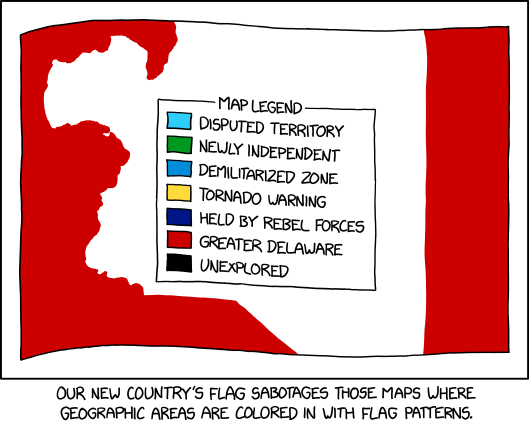 It’s ostensibly another quirky book about islands—there are, to be sure, a lot of them out on that subject—but Alastair Bonnett’s latest book has an urgency and pertinence to it that is belied by the relatively anodyne title it bears in its U.S. edition. Elsewhere: A Journey into Our Age of Islands makes it sounds like any other light travelogue with an innocuous point of view. Far better is the title it had for its original British edition: The Age of Islands: In Search of New and Disappearing Islands. Which is what it’s about: islands that have been created, and islands that are going away—by artificial and natural means.
It’s ostensibly another quirky book about islands—there are, to be sure, a lot of them out on that subject—but Alastair Bonnett’s latest book has an urgency and pertinence to it that is belied by the relatively anodyne title it bears in its U.S. edition. Elsewhere: A Journey into Our Age of Islands makes it sounds like any other light travelogue with an innocuous point of view. Far better is the title it had for its original British edition: The Age of Islands: In Search of New and Disappearing Islands. Which is what it’s about: islands that have been created, and islands that are going away—by artificial and natural means.
Though when it comes to building islands, the artificial gets the bulk of Bonnett’s attention—but then people have been building islands at a rather brisk clip lately; volcanoes can’t keep up. Bonnett visits the various kinds, from the Netherlands’ polders to Dubai’s crass luxury archipelagos—and its imitators in Panama and Hainan—to China’s various military islands built up to buttress its claims to the South China Sea, to the expansion of Hong Kong’s airport. There’s a lot of money involved in these projects, not least because people pay a premium for proximity to the sea, but Bonnett repeatedly makes the point that climate change means these islands will be short-lived. “It’s odd, then, that building small flat islands in warmer latitudes is such big business. One day the dots will join.”
In the book’s smaller second part, Bonnett turns to a consideration of islands that are disappearing. And while volcanoes, earthquakes and even nuclear tests can be the cause of islands being removed from the map, the main point here is anthropogenetic climate change. Bonnett travels from Panama’s San Blas Islands to Tonga to the Scilly Isles southwest of England to survey the imminent and the inevitable. The contrast is stark and deliberate. The map is being remade in both ways: islands are being built while others are on the brink of disappearing, but the benefits and damages are not evenly distributed. Bonnett does not pull his punches, but he is less angry than he ought to be. “We keep building islands even as natural islands are disappearing. The new ones are not very high and they are vulnerable to storms and sea-surges. Are we crazy?” The question more or less answers itself.
I received an electronic review copy of this book from the University of Chicago Press.
 Elsewhere: A Journey into Our Age of Islands
Elsewhere: A Journey into Our Age of Islands
by Alastair Bonnett
University of Chicago Press, 17 Nov 2020
Amazon (Canada) | Apple Books | Bookshop
 The Age of Islands: In Search of New and Disappearing Islands
The Age of Islands: In Search of New and Disappearing Islands
by Alastair Bonnett
Atlantic Books, 7 May 2020 (U.K. edition)
Amazon UK | Apple Books




 It’s ostensibly another quirky book about islands—there are, to be sure, a lot of them out on that subject—but Alastair Bonnett’s latest book has an urgency and pertinence to it that is belied by the relatively anodyne title it bears in its U.S. edition.
It’s ostensibly another quirky book about islands—there are, to be sure, a lot of them out on that subject—but Alastair Bonnett’s latest book has an urgency and pertinence to it that is belied by the relatively anodyne title it bears in its U.S. edition.  Elsewhere: A Journey into Our Age of Islands
Elsewhere: A Journey into Our Age of Islands The Age of Islands: In Search of New and Disappearing Islands
The Age of Islands: In Search of New and Disappearing Islands Back in 1978, Massimo Vignelli and John Tauranac debated the future of New York’s subway map. That debate—which in many ways never quite ended—is now the subject of a book coming out later this month. Edited by Gary Hustwit,
Back in 1978, Massimo Vignelli and John Tauranac debated the future of New York’s subway map. That debate—which in many ways never quite ended—is now the subject of a book coming out later this month. Edited by Gary Hustwit, 

